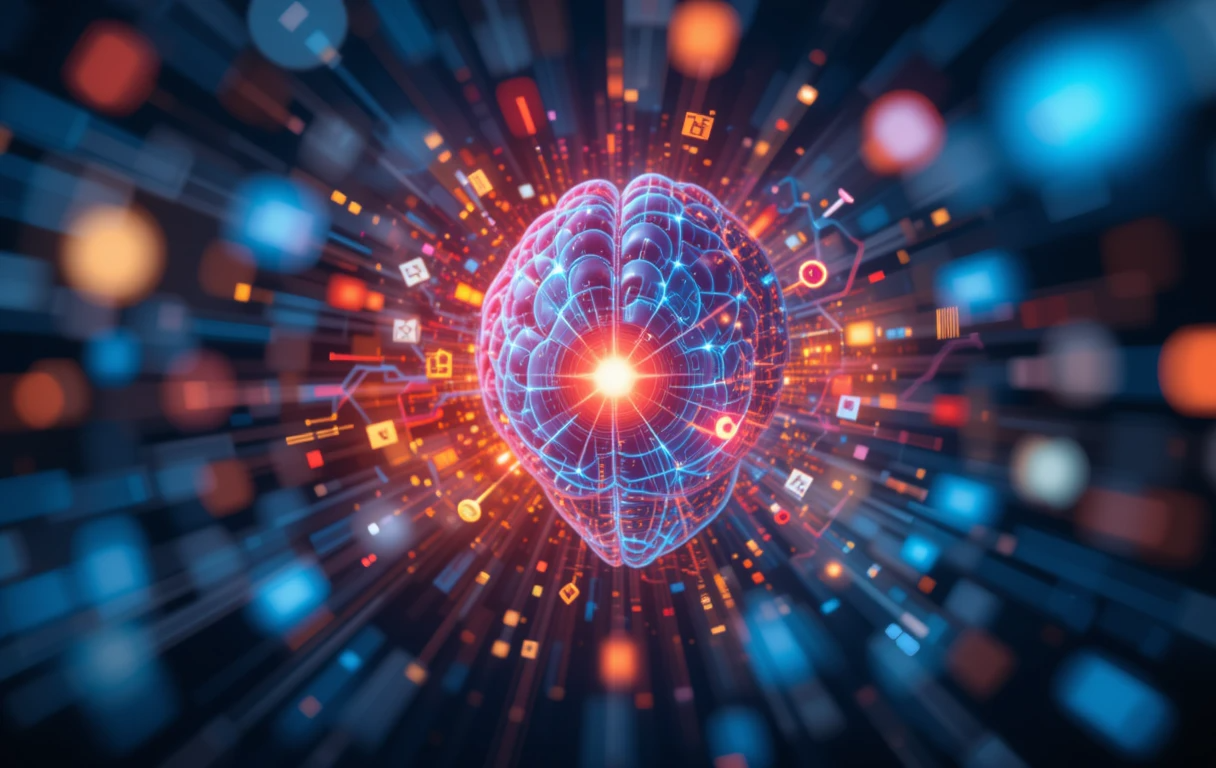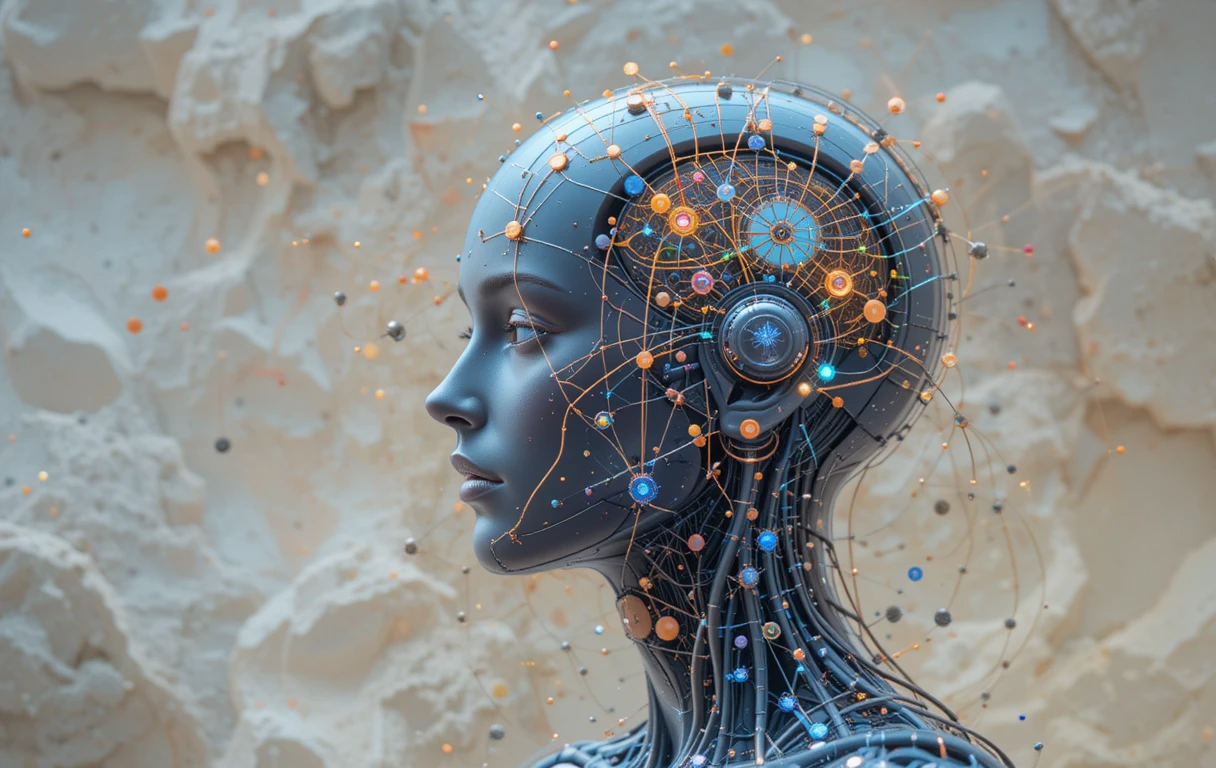In the evolving landscape of education, the role of artificial intelligence (AI) has expanded far beyond automated grading or content delivery. One of the most transformative impacts of AI is being felt in special education—a field historically challenged by limited resources, individualized needs, and systemic barriers. With the intelligent use of AI tools, students with learning differences and disabilities are gaining access to personalized learning, independence, and empowerment like never before.
This blog explores how AI is reshaping special education, offering greater inclusion and accessibility while supporting teachers, students, and families in powerful ways.
🎓 Understanding Special Education Needs (SEN)
Special education encompasses a broad spectrum of learners who require customized instruction due to:
- Cognitive disabilities (e.g., dyslexia, ADHD, intellectual disabilities)
- Physical impairments (e.g., blindness, deafness, limited mobility)
- Speech and language disorders
- Autism Spectrum Disorder (ASD)
- Emotional and behavioral disorders
These students often require tailored interventions, one-on-one support, and assistive technologies to achieve academic success.
Traditional education systems often struggle to meet these needs at scale. That’s where AI steps in—scalable, adaptive, and always-on.
🤖 How AI Supports Special Education
AI in special education refers to intelligent systems that:
- Adapt content to student ability
- Assist with communication and motor function
- Translate input into accessible formats
- Detect behavioral patterns and emotional cues
By integrating AI into assistive technologies, educators can create inclusive environments where all students have the tools to succeed.
🧩 Key Applications of AI in Special Education
1. 🧠 Personalized Learning Platforms
AI-powered learning systems like KidSense AI, DreamBox, and Carnegie Learning:
- Assess each student’s strengths and challenges
- Offer adaptive lessons based on performance
- Adjust pace and complexity in real time
This is especially beneficial for students with ADHD, dyslexia, or developmental delays, who may need repetition or simplified instructions.
2. 🗣️ Speech Recognition and Generation
Students with speech impairments or nonverbal autism can use AI speech tools such as:
- Text-to-speech (TTS) systems like NaturalReader or Speechify
- Speech-to-text (STT) tools like Dragon NaturallySpeaking
- AAC (Augmentative and Alternative Communication) apps like Proloquo2Go or CoughDrop
These tools allow non-verbal or speech-challenged students to participate in class discussions and communicate effectively.
3. 📱 AI-Powered Communication Devices
AI embedded in mobile apps and tablets allows:
- Eye-tracking for students with motor impairments
- Predictive typing for faster communication
- Voice synthesis that mimics natural inflection
For example, Tobii Dynavox uses AI and eye-tracking to give a voice to students with cerebral palsy or ALS.
4. 👀 Computer Vision for Visual Support
AI tools like Seeing AI (by Microsoft) help visually impaired students by:
- Reading printed text aloud
- Describing surroundings
- Identifying currency, colors, and people
Paired with Braille displays or haptic feedback tools, these systems allow blind students to navigate the classroom and curriculum independently.
5. 🧏 Real-Time Translation and Captioning
For students with hearing impairments, AI can:
- Generate real-time captions via Google Meet, Zoom, or Microsoft Teams
- Translate sign language into text or speech using AI-driven cameras and models (e.g., SignAll)
- Deliver visual notifications for alarms, timers, and announcements
These tools ensure students aren’t left out during lectures, group work, or emergency alerts.
6. 🧠 Behavioral and Emotional Analysis
AI systems using facial recognition or wearable sensors (like Reveal or Empatica) detect:
- Signs of anxiety, stress, or frustration
- Meltdowns or sensory overload in autistic students
- Mood changes that may impact learning
Teachers receive alerts and can intervene early with calming techniques or breaks, preventing escalation.
💡 Case Studies: AI Making a Difference
🧑🦽 Case 1: Lucas, a Student with Cerebral Palsy
Lucas cannot speak and has limited hand mobility. Using an AI-powered eye-tracking tablet with a text-to-speech interface, he can:
- Answer questions in class
- Compose essays
- Chat with friends
He’s gone from isolated to actively engaged.
👧 Case 2: Aisha, a Student with Dyslexia
Aisha struggled to read and often felt behind. Her school implemented an AI reading tutor (like Lexia Core5) that:
- Reads passages aloud
- Tracks eye movements
- Suggests comprehension strategies
Aisha’s reading level improved by two grades in a single year.
🧒 Case 3: Jai, a Student with Autism
Jai has difficulty interpreting emotions. His classroom uses an AI avatar assistant that:
- Demonstrates emotional cues
- Offers practice in social situations
- Provides feedback in a low-pressure environment
He now interacts with peers more confidently.
🧠 AI Tools and Platforms in Special Education
| Tool / Platform | AI Functionality | Best For |
|---|---|---|
| Otter.ai | Real-time transcription & captions | Hearing impairments |
| Grammarly | AI-based grammar correction | Dyslexia, learning disabilities |
| Kibo by Trestle | Converts digital content to Braille/TTS | Blind or low-vision students |
| CogniToys Dino | Smart AI toys that talk and learn | Young learners with speech delays |
| Otsimo | Educational games with AI feedback | Children with ASD |
| Voiceitt | Recognizes non-standard speech patterns | Students with speech disorders |
🌍 Accessibility and Inclusion: A Global Perspective
AI in special education is creating more equitable opportunities worldwide.
- India: Startups like Avaz and Inclov are developing low-cost AAC apps in regional languages.
- USA: Public schools are adopting AI to meet IEP (Individualized Education Plan) goals.
- UK: Government-funded EdTech initiatives are piloting AI reading and comprehension tools in inclusion classrooms.
- Africa: NGOs use AI-powered language apps to support special needs students in remote areas.
These global efforts prove that AI can be a force for inclusive education, not just in high-income nations but also in under-resourced regions.
⚖️ Ethical Considerations
While AI in special education offers incredible potential, it must be used with care.
1. Privacy and Data Protection
Sensitive data such as emotional states or disability profiles must be securely stored and ethically used. Compliance with GDPR, COPPA, and FERPA is essential.
2. Bias in AI Models
AI systems trained on narrow datasets may misinterpret accents, facial features, or emotional cues of students from diverse backgrounds or with certain disabilities.
3. Dependence on Technology
Overreliance on AI tools may lead to reduced human interaction or lack of critical thinking development.
4. Cost and Equity
High-end AI devices are still expensive. Ensuring equal access for low-income or rural students is a challenge governments and NGOs must address.
🧑🏫 Role of Teachers in AI-Enabled Special Ed
AI should enhance, not replace, human educators. Teachers remain central to:
- Personalizing learning plans
- Offering emotional support
- Monitoring progress and motivation
- Collaborating with families
Training teachers in how to integrate AI tools into Individualized Education Programs (IEPs) is critical for long-term success.
🔮 Future of AI in Special Education
1. Emotionally Aware AI Assistants
Next-gen AI will not only read text but feel tone—helping students with emotional regulation and empathy.
2. Multilingual Accessibility
AI tools will break language barriers for immigrant students with disabilities, offering translation + accessibility in one interface.
3. AI-Powered Social Robots
Companion robots with AI may support children with autism by modeling facial expressions, turn-taking, and play.
4. Brain-Computer Interfaces
In the distant future, AI may help paralyzed students write or speak through brainwave detection alone.
✅ Tips for Using AI in Special Education
- Start with the Student’s Needs
Match tools to specific challenges (e.g., communication, mobility, literacy). - Trial and Observe
Pilot AI apps with individual students before scaling up. - Involve Parents
Train families to use AI tools at home for consistency. - Monitor and Adjust
Regularly review tool effectiveness and update IEPs accordingly. - Balance with Human Interaction
Ensure AI tools support—not substitute—peer and teacher connections.
🌟 Final Thoughts: A Future Where All Learners Thrive
Artificial intelligence is not just transforming how we learn—it’s ensuring that every learner, regardless of ability, has the opportunity to reach their full potential.
For students with special needs, AI can be the bridge from isolation to inclusion, from silence to speech, from barriers to breakthroughs.
As educators, technologists, and families, it’s our shared responsibility to ensure these tools are used ethically, equitably, and effectively.
The future of special education is bright—and it speaks every language, hears every voice, and embraces every mind.




